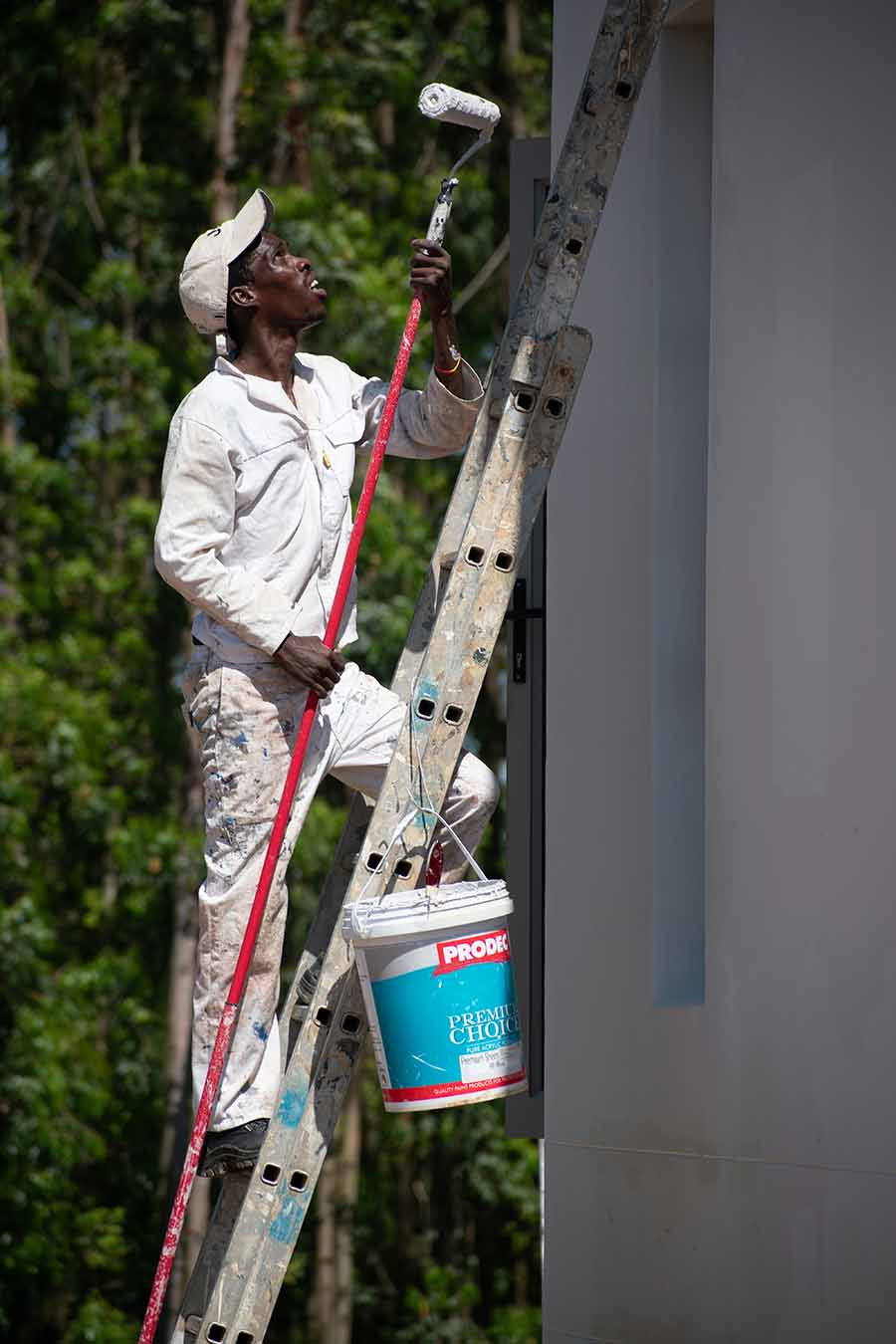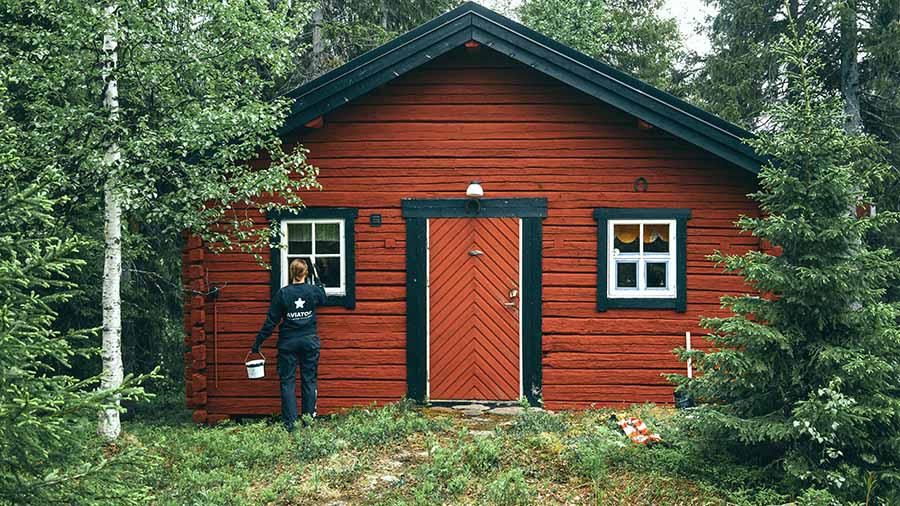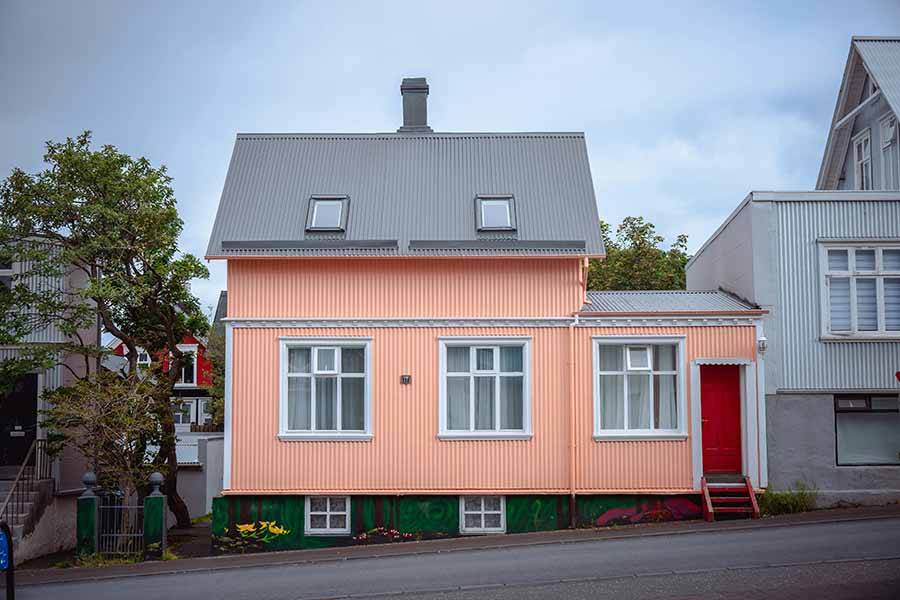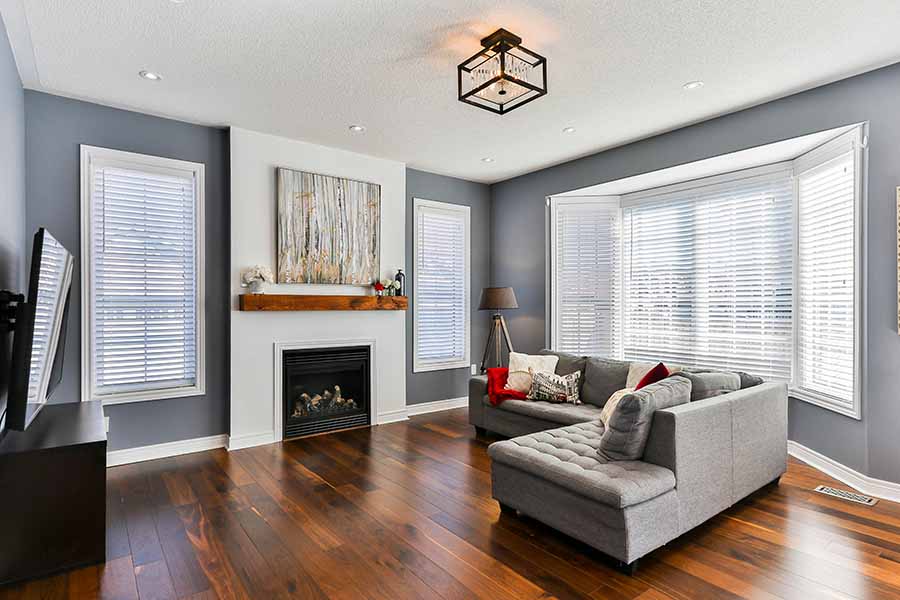When it comes to updating the look of your home’s exterior or refreshing your deck and siding, two popular finishing options often come into play: solid stain and paint. Both provide color, protection, and style, but they work differently and serve different needs. If you’re trying to decide between the two, here’s a breakdown of what to consider.
Understanding Solid Stain
Solid stain is a type of wood finish that offers full color coverage, similar to paint, but with a key difference: it penetrates the surface of the wood. Unlike semi-transparent stains, which allow the grain to show through, solid stain masks most of the wood’s natural character while still letting some texture remain visible.

Pros of Solid Stain
- Penetrates wood: Provides a strong bond and is less likely to peel or chip.
- Easier to maintain: Touch-ups and reapplication are simpler than with paint.
- Natural look: While it covers grain, it keeps the texture of wood intact.
- Good protection: Shields wood against UV rays, water, and mildew.
Cons of Solid Stain
- Shorter lifespan than paint: Typically lasts 3–7 years before needing a refresh.
- Limited color options: Paint has a wider range of colors.
- Can fade over time: Especially in areas with strong sun exposure.
Understanding Paint
Paint sits on the surface of wood rather than soaking into it. It offers bold, opaque color and completely hides the natural wood beneath. With the right preparation, paint can transform the appearance of your home and last for many years.
Pros of Paint
- Durability: High-quality exterior paint can last 7–10 years or more.
- Wider color choices: Virtually endless options for customizing your home’s look.
- Better coverage: Completely hides flaws, blemishes, or uneven surfaces.
- Superior protection: Forms a thick barrier against harsh weather.
Cons of Paint
- Peeling and cracking: When paint fails, it often flakes or chips, requiring scraping before repainting.
- More difficult to maintain: Repainting takes more preparation and labor than staining.
- Hides natural texture: Paint completely covers wood grain and character.
Which Should You Choose?
The decision between solid stain and paint depends on your priorities, style, and maintenance preferences.
- Choose Solid Stain If: You want a finish that enhances the natural texture of wood, is easier to maintain, and you’re comfortable reapplying every few years. Perfect for decks, fences, or siding where natural character matters.
- Choose Paint If: You want maximum durability, a wider variety of colors, and don’t mind more intensive prep work when it’s time for a refresh. Ideal for older siding, trim, or areas where complete coverage is needed.
Both solid stain and paint have their strengths. If you’re looking for natural beauty and easier upkeep, solid stain is a great choice. If you value longevity, bold color, and complete coverage, paint is the winner. Consider your home’s style, climate, and how much maintenance you’re willing to do before making your decision.





